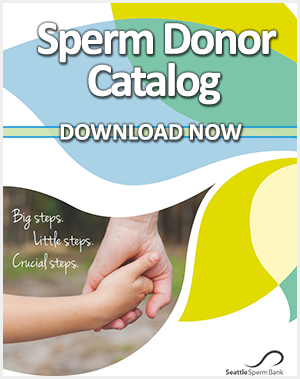Written by B. Mulcaster
The in-vitro process can be examined as a five part process. The steps are as follows:
1) Prior to IVF
2) Egg retrieval, fertilization
3) Embryo transfer
4) Post embryo transfer
5) Associated risks
Prior to IVF
Before a couple can begin the in-vitro process in earnest, there are some pre-procedural requirements that must be carried out first. The first requirement is a panel of screening examinations; these screenings are for the purpose of ensuring that the carrier is healthy and that conditions are optimal. Ultrasound of the uterus and ovaries are common examinations and should be expected, but there also some instances when further imaging based exams may be required such as a hysteroscopy. Medications will be administered when the treatment cycle begins that will stimulate maturation of ovarian follicles that contain eggs; these medications can be self-administered at home fairly easily. Blood screenings will also be conducted to measure and gauge hormone production levels. Most of the aforementioned procedures are referred to as the ‘stimulation phase’; when the follicles are mature an injection of human chorionic gonadotrophin (also referred to as ‘hCG’) is given and this will signify the end of the stimulation phase and mark the beginning of the next part of the process.
Egg retrieval and fertilization
The next step after all of the pre-IVF testing, screens and the completion of the stimulation phase is actual egg retrieval and then fertilization. The egg retrieval generally takes place within 30 to 36 hours after the human chorionic gonadotrophin has been given; the patient will have a needle inserted into the ovary in order to retrieve fluid from the follicles which will now contain eggs that are ready and mature. Some type of sedative is usually given to the patient for this procedure as it does last up to 30 minutes; the patient should expect mild cramping and/or spotting within 24 hours of the procedure being completed. The extracted fluid is then examined to ensure viability. One thing to note – If the couple is male then this part of the process will involve provision of a semen sample instead; male donors will be expected to abstain from sexual activity for up to 72 hours before producing the sample. The sample will then be taken to a lab to have the sperm separated from the semen.
If both samples are viable and healthy, the active sperm will be combined with the egg in a laboratory environment; it is this event that is the actual process of in-vitro fertilization. In any instance where sperm quality is deemed to be substandard for any reason, an alternate method involving manual insertion into the egg will be employed (this does not affect results or lessen the chances of success). Successful fertilization can be determined within 18 to 24 hours of the in-vitro process being completed.
Embryo transfer
The patient will be informed as to the status of the in-vitro process and will be told to prepare for embryo transfer. This step is usually scheduled to take place between 3 and 5 days after in-vitro but will also be dependent on the level of maturation reached by the embryos. The doctor will consult with the patient as to how many embryos will be transferred; it may vary from a single one to multiples and is up to both the patient and doctor’s discretion. Part of the criteria the doctor uses will likely take into consideration the patient’s age as well as reproductive history, the quality of the embryos and the potential for multiple gestations. The actual transfer of the embryo(s) involves a procedure where a long catheter is used to implant the embryos into the uterus via the cervix. The process does not require anesthetic and is quite similar to a standard pelvic exam (a speculum is employed). After successful transfer into the uterus, the patient will need to remain in a resting position for a couple of hours.
Post embryo transfer
The period post-transfer is known as the luteal phase (a.k.a. the secretory phase). During this stage, the patient will be given a hormone called progesterone; they are typically administered via injection or suppository but depending on the circumstances, the doctor may recommend both forms. The cycle for the medication is 12 to 14 days in duration after which time a pregnancy test will be scheduled to ensure everything is proceeding as planned and that the egg(s) have successfully attached to the uterine wall and are growing and healthy.
Associated risks
While in-vitro fertilization is a fairly benign procedure, it is like all surgical procedures in that there is always risk involved. Associated risks of in-vitro can include potential infection, minor bleeding, and possibly some damage to the bowel and other organs placed at risk. These risks are all possible but it should be noted that the chance of them occurring are very slim in the majority of cases. As with any surgical procedure, ask your doctor about what to expect and how these things will be dealt with if they occur. One specific risk that is associated with the stimulation medications is ovarian hyper stimulation syndrome (a.k.a. ‘OHSS’) which can occur in approximately 10% of all in-vitro fertilizations. Symptoms can range from mild pain, cramping and bloating to more severe symptoms such as acute abdominal pain, abdominal swelling and rapid weight gain (characterized as a gain of more than 10 pounds in less than 7 days). Severe symptoms can be treated in the hospital with hydration and rest and the patient will be asked to avoid any strenuous activity of any type. Ovarian hyper stimulation syndrome typically resolves itself once the cycle is completed. In the rare event that the patient does not respond to stimulation meds and there are not enough follicles that have matured, the entire cycle may be cancelled.

